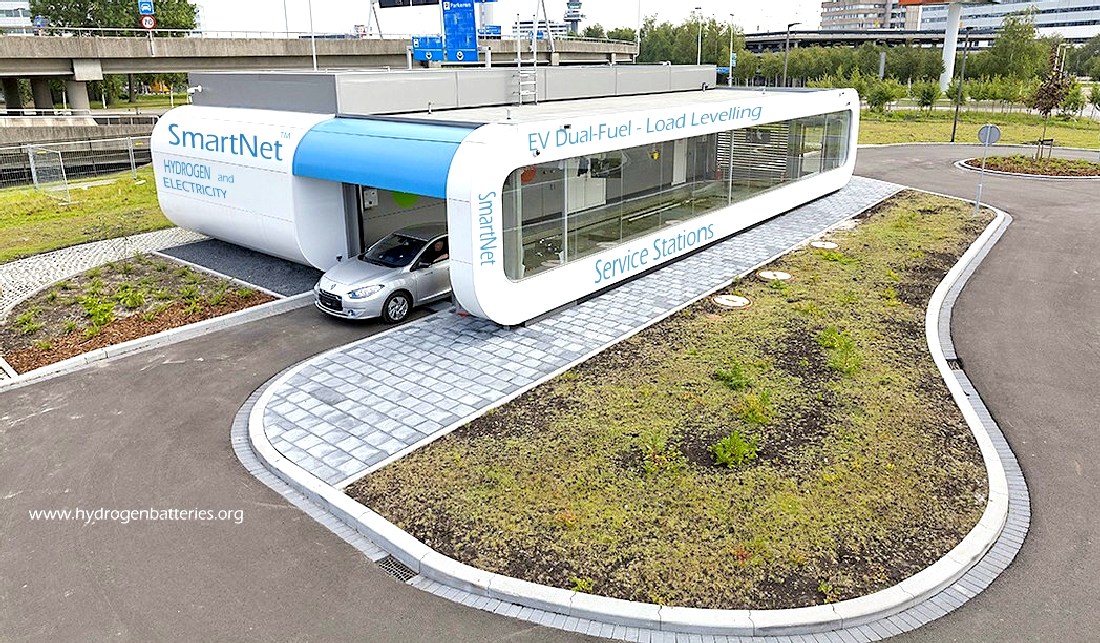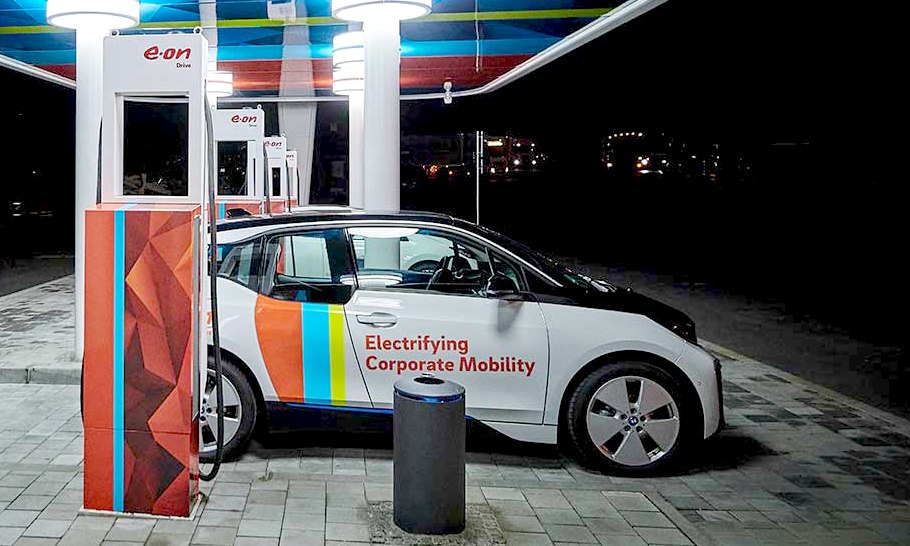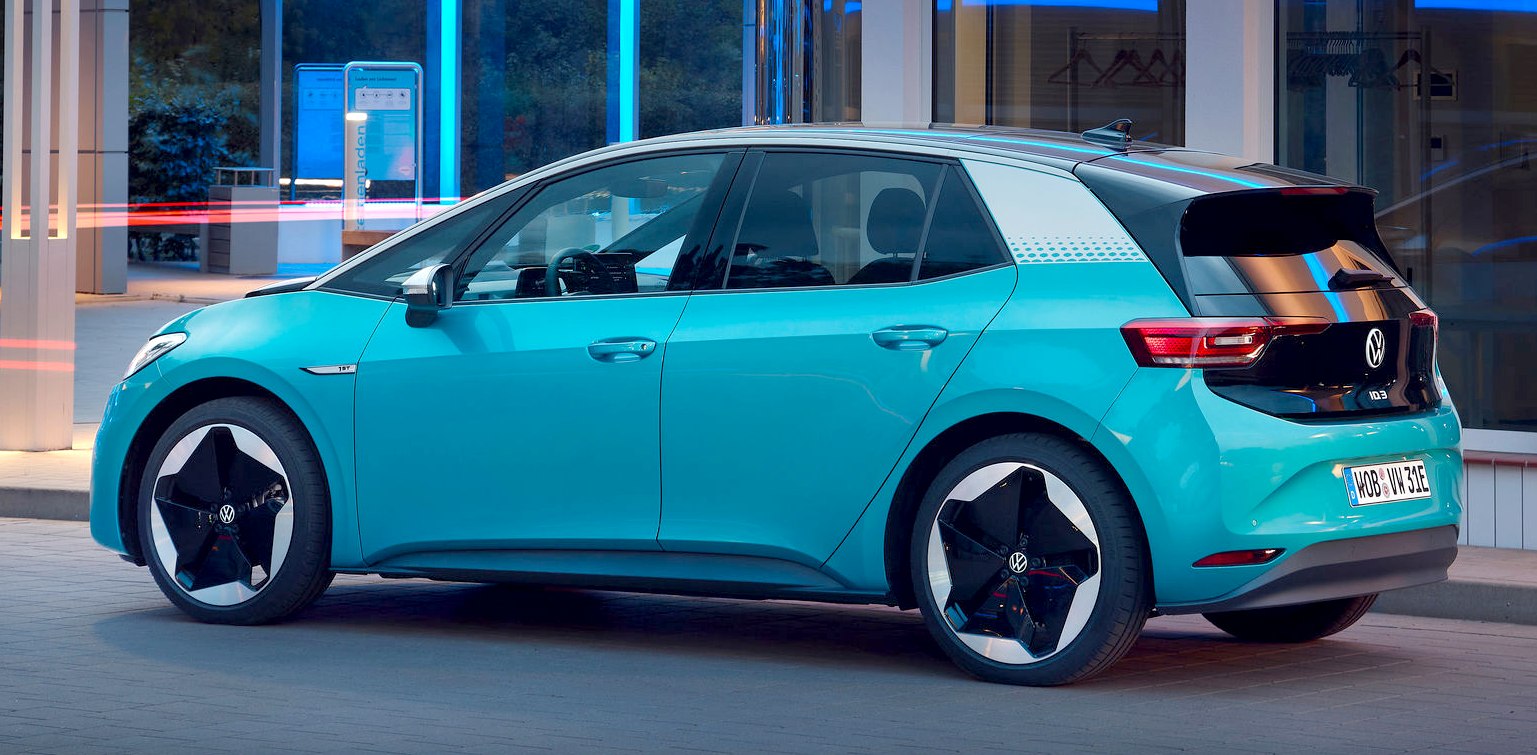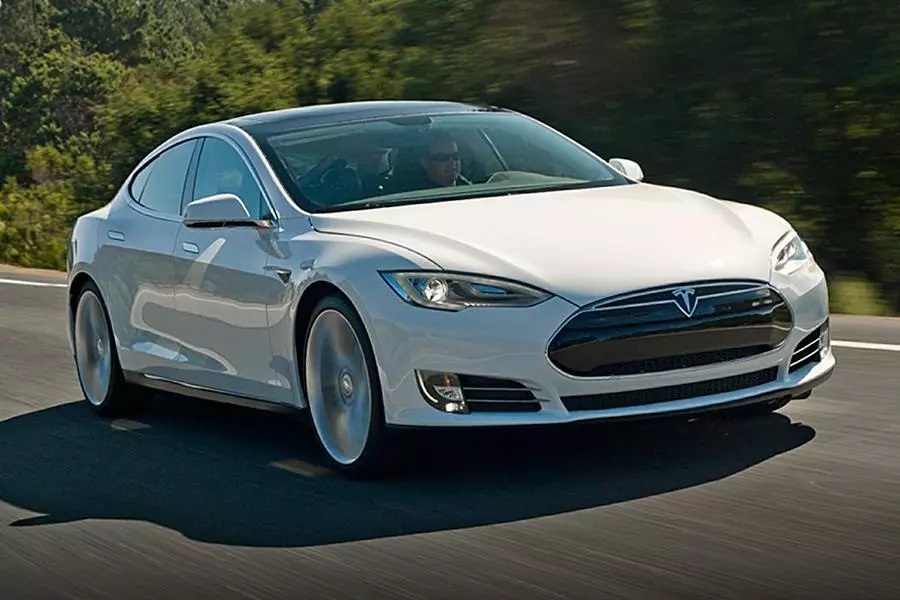|
E-MOBILITY
Please use our A-Z INDEX to navigate this site where page links may lead to other sites, or see HOME
|
|
|
Imagine a means to store electricity as green hydrogen for the load levelling of national grids, while also supplying energy for commercial vans and heavy duty trucks. Fuel cells provide a way to convert hydrogen gas into electricity, but on their own they do not represent a solution. The way forward is with hydrogen batteries, as the beating heart of the Smartnet™ dual-fuel infrastructure.
When it comes to getting from A to B, the future is electric. From autonomous cars to e-scooters and flying taxis, the shift towards smarter transport is changing how we get around.
Electro mobility (or e-Mobility) represents the concept of using electric powertrain technologies, in-vehicle information, and communication technologies and connected infrastructures to enable the electric propulsion of vehicles and fleets.
Within the scope of e-mobility are driverless cars, which many governments are advising could be on roads from around 2021/2022. Also, within the umbrella phase of e-mobility is “shared mobility”, which encourages increased efficiency of travel mobility through infrastructure sharing.
- Legislative compliance – the need for e-mobility has become more urgent through legislation passed by governments to enforce the need for e-mobility initiatives
- Reduced costs – the benefits of e-mobility can also be delivered with an overall reduction in cost levels. This is reduced costs for the overall lifetime cost of the e-vehicle with servicing costs and fuel being much cheaper than internal combustion engine models
- Regulatory and standards compliance – in addition to governments, regulatory bodies (e.g. industry associations) and e-mobility companies will also introduce e-mobility standards and
- Switch from
fossil fuels – a major part of the environmental targets’ achievement is the switch from fossil fuels
The BMW Group already has more than 600,000 vehicles with electrified drive trains on roads around the world as of May 2021. The BMW Group has been a pioneer in alternative drive technologies for years with the i3 and the BMW i8 plug-in hybrid sports car, both introduced in 2013.
The future of transportation is electric, with fewer carbon emissions, zero air pollution and less noise, electric vehicles don’t just pay off for the environment – they also pay off for you. You can expect lower energy costs, lower total cost of operation.
In the medium term, our cars will no longer be filled with fossil fuels, but with renewable energy sources. This is where electro-mobility comes in. Many countries increasingly use renewable energy. The biggest accomplishments can be achieved when more electric vehicles are on the road.
In Norway, the country with the highest density of electric vehicles, no new cars with internal combustion engines will be sold from 2025 onwards. In Germany, the government is considering to apply a similar rule from 2030 onwards. However, electric cars are only really sustainable when their entire life cycle is planned accordingly. This starts with the sustainable energy supply of electricity production. In addition, recycled materials should be used in car manufacturing and green electricity should be used for charging.
LINKS & REFERENCE
https://www.bmwgroup.com/en/elektromobilitaet.html https://www.shell.co.uk/a-cleaner-energy-future/cleaner-transport/electric-mobility.html
Please use our A-Z INDEX to navigate this site
This website is provided on a free basis as a public information service. copyright © Climate Change Trust 2021. Solar Studios, BN271RF, United Kingdom.
|



